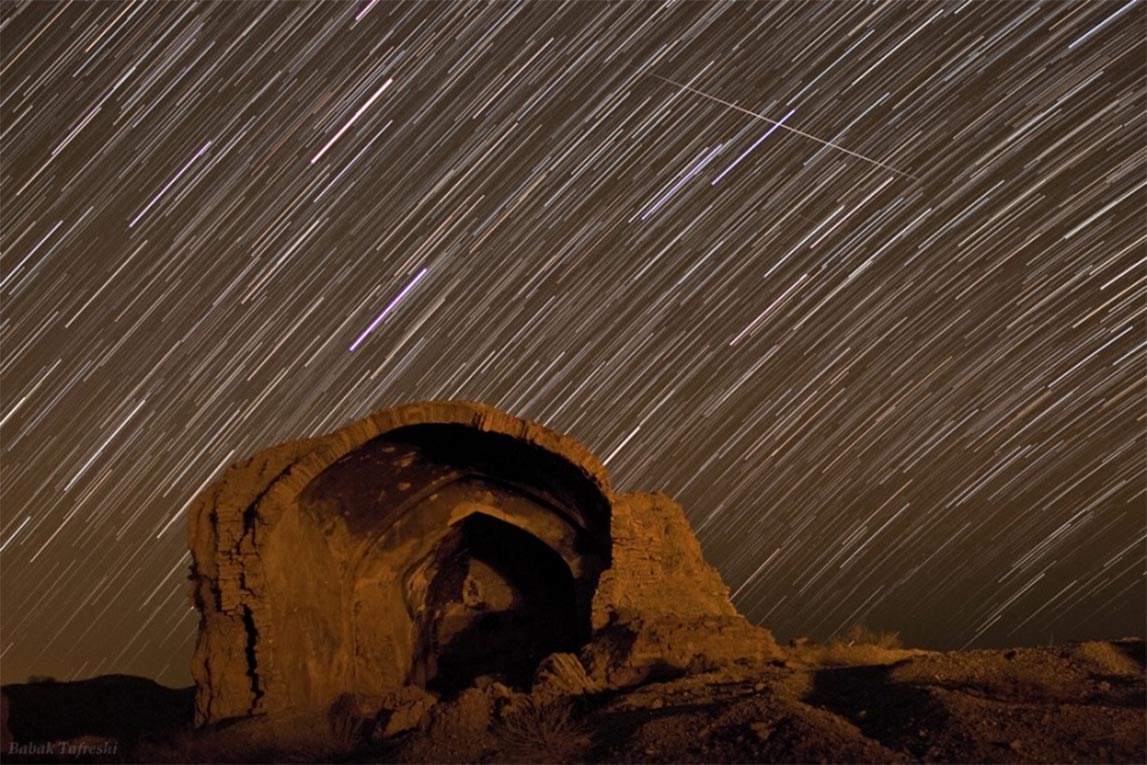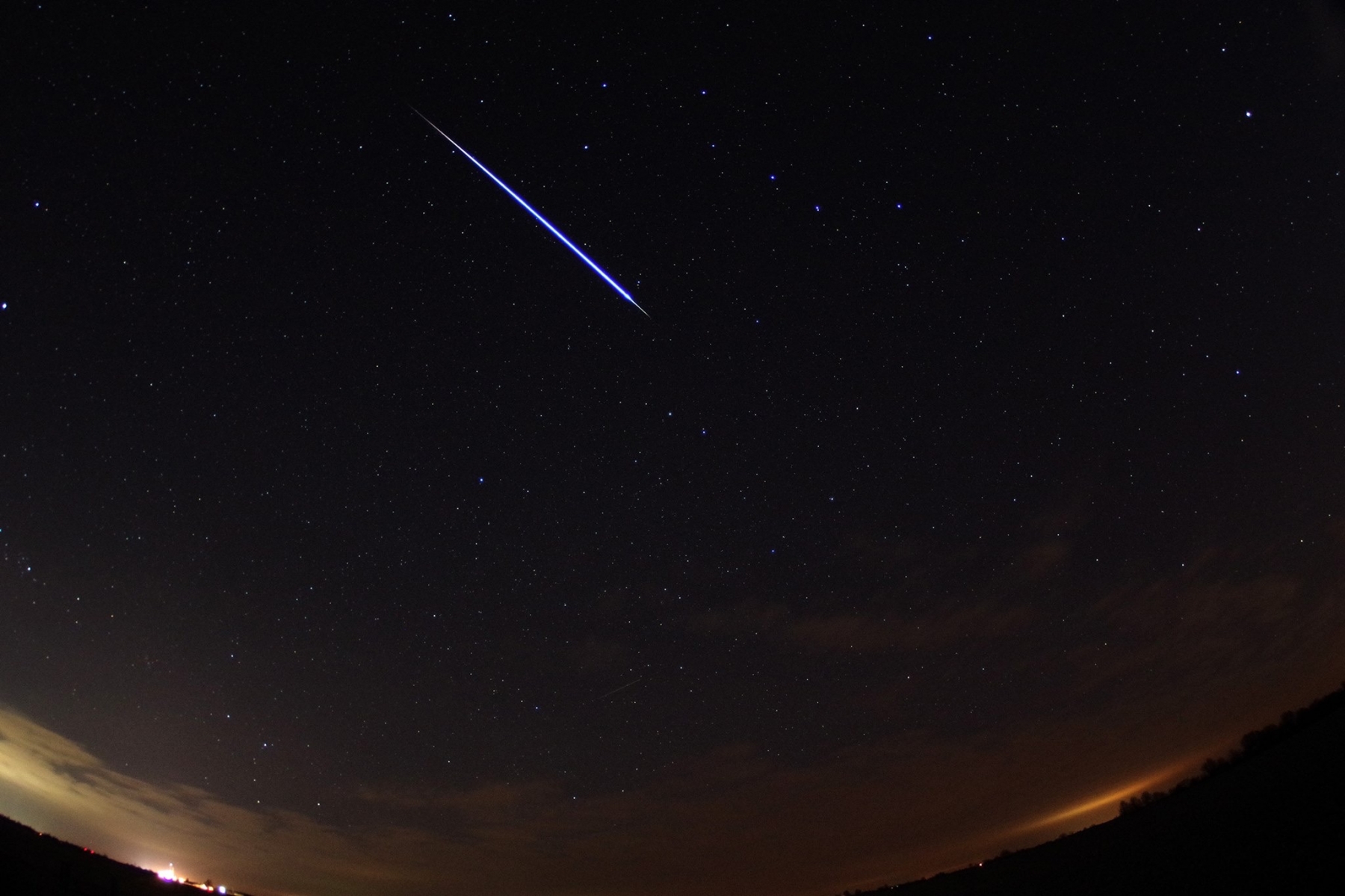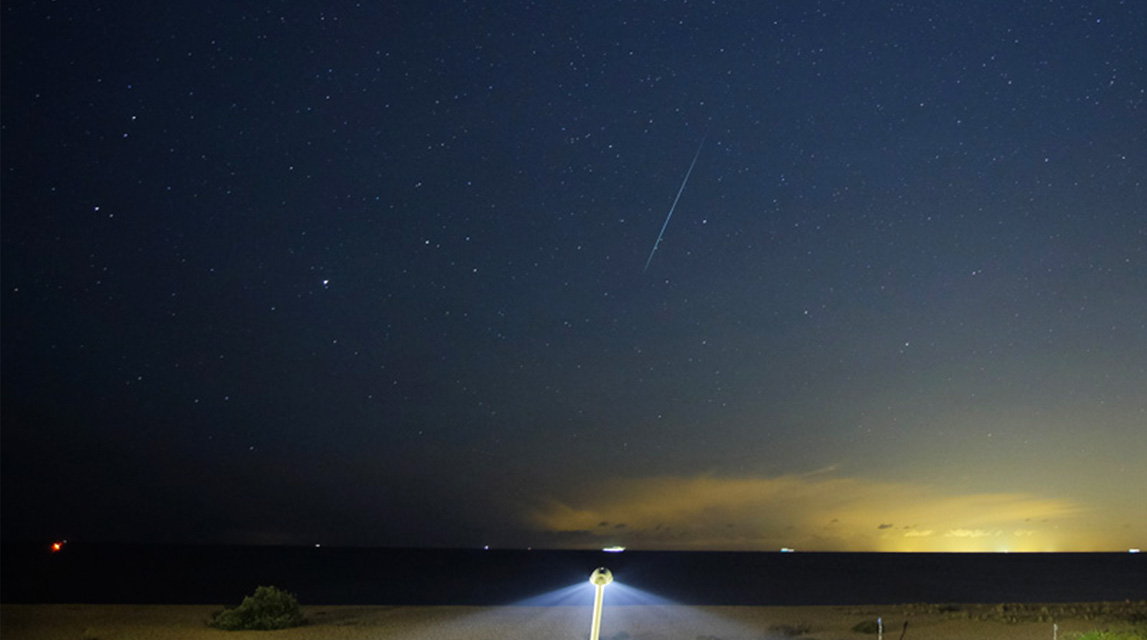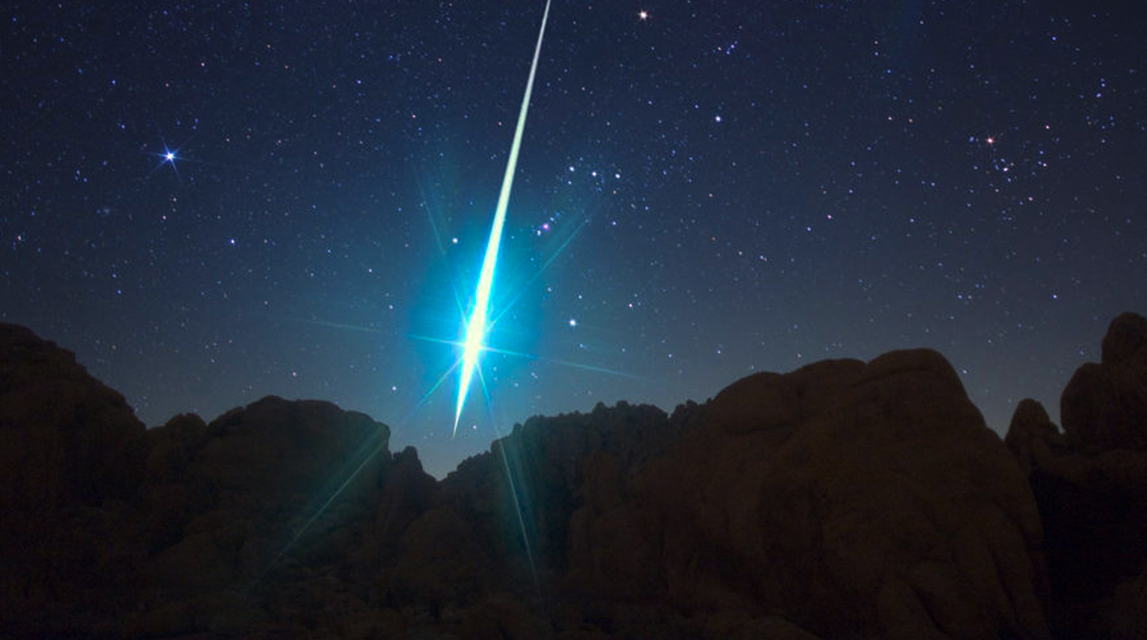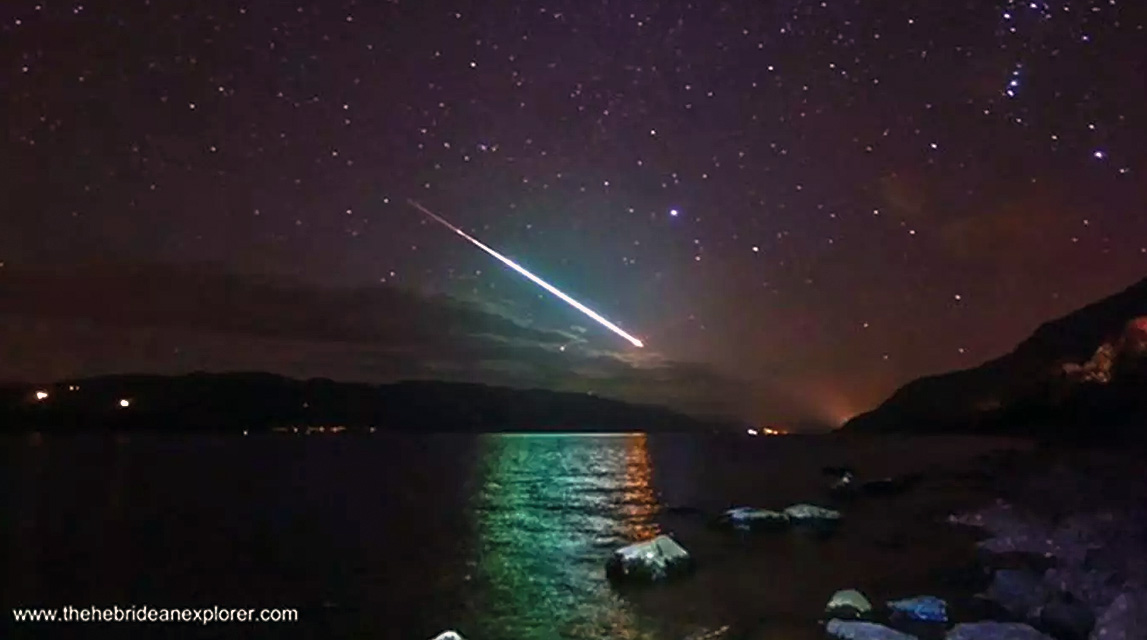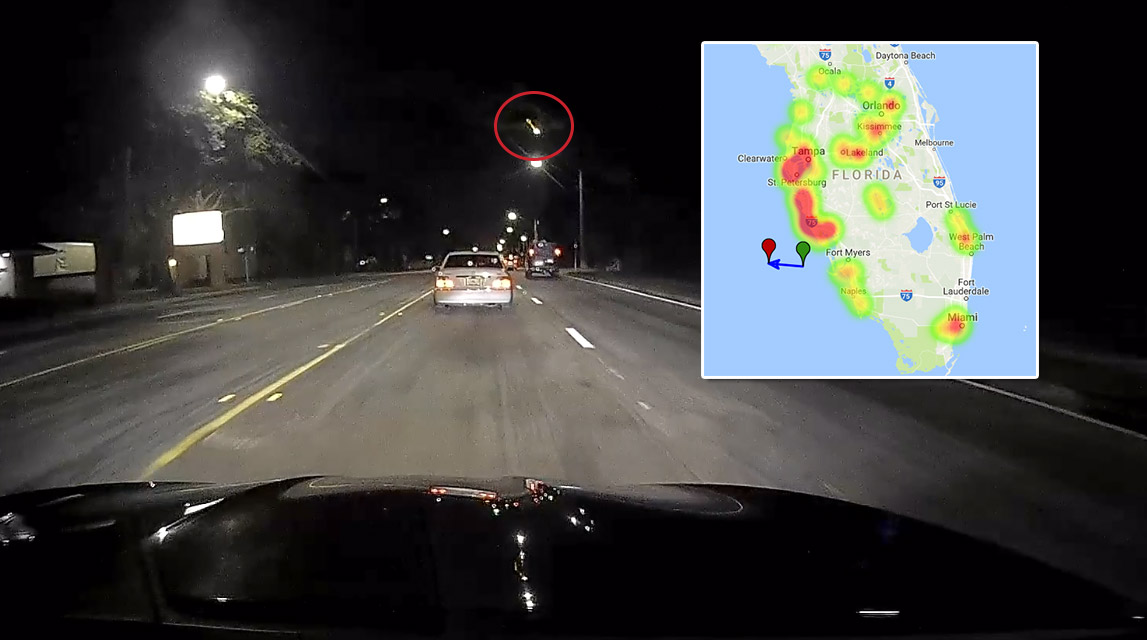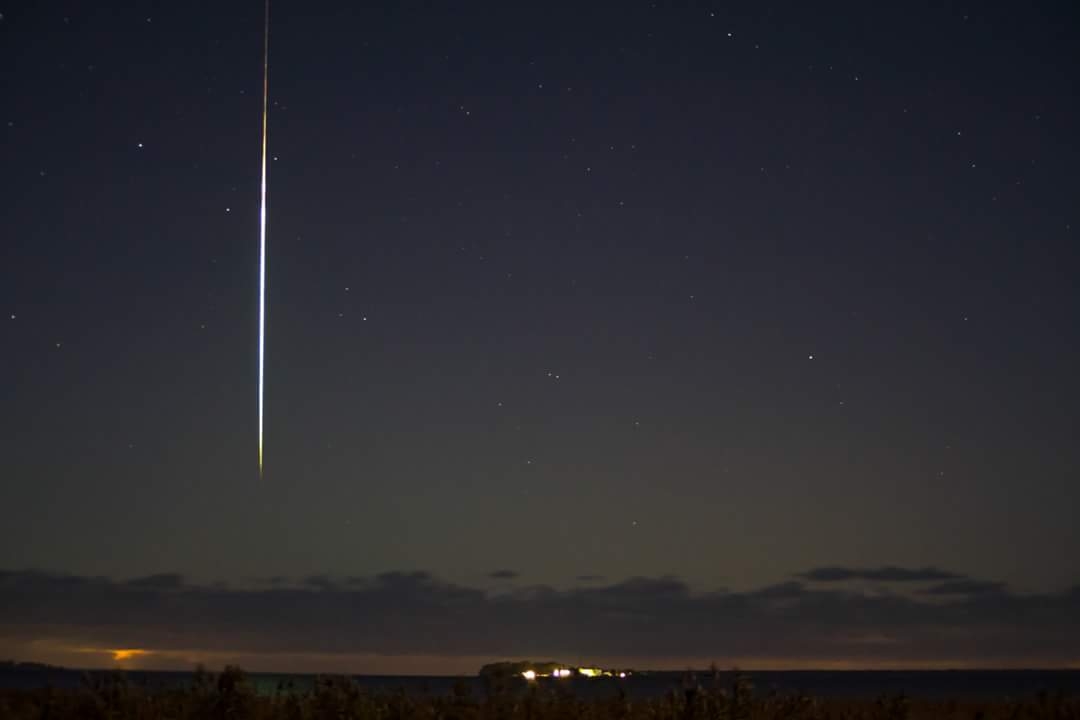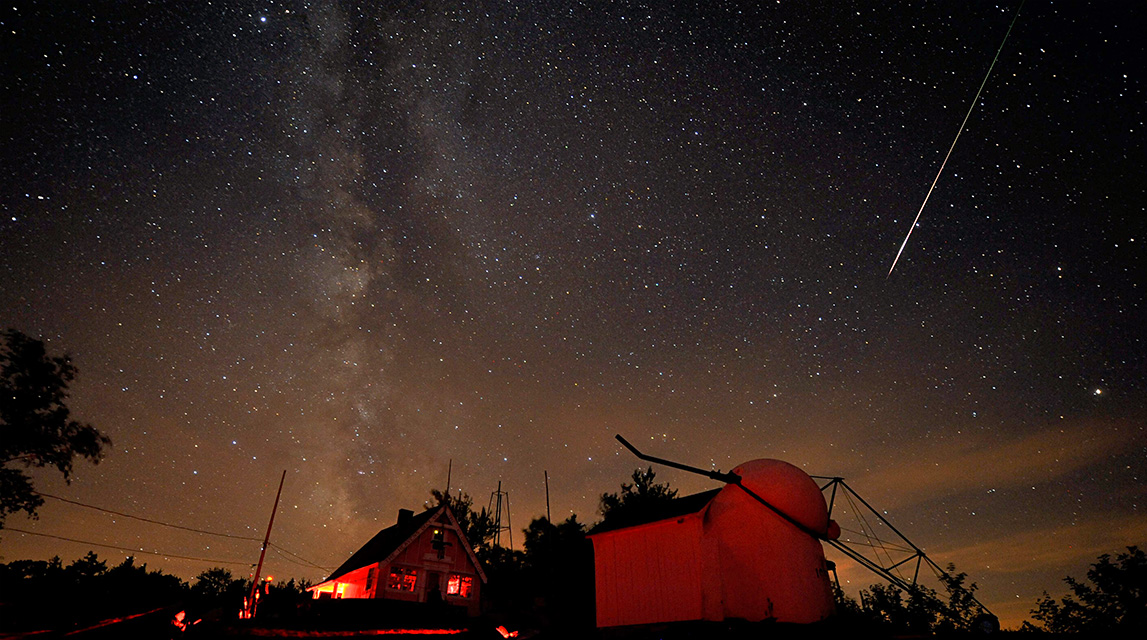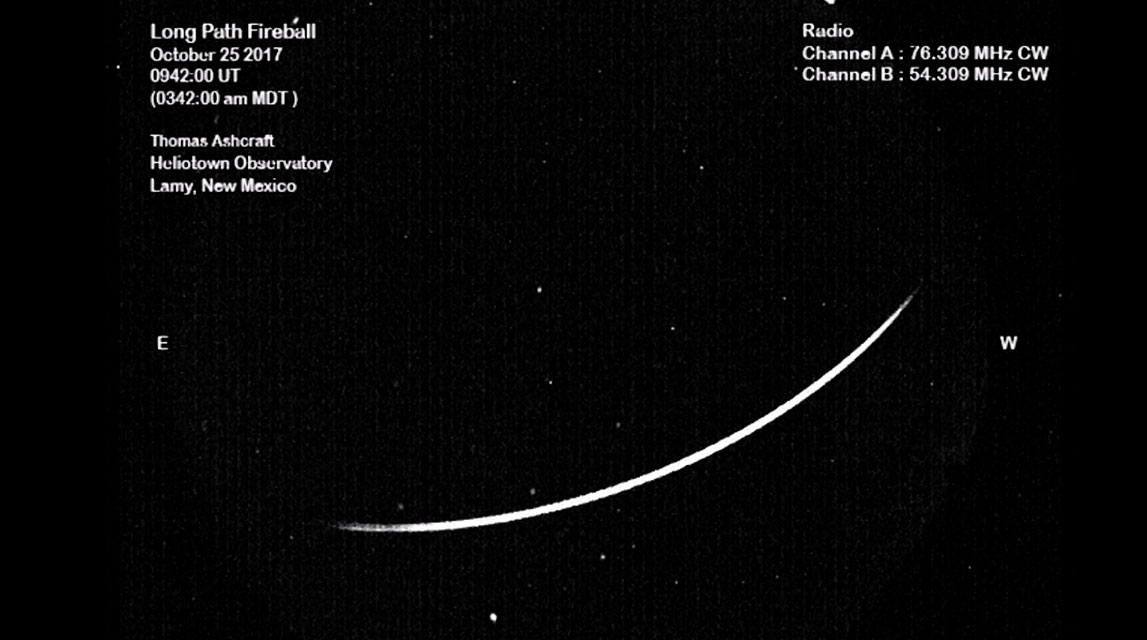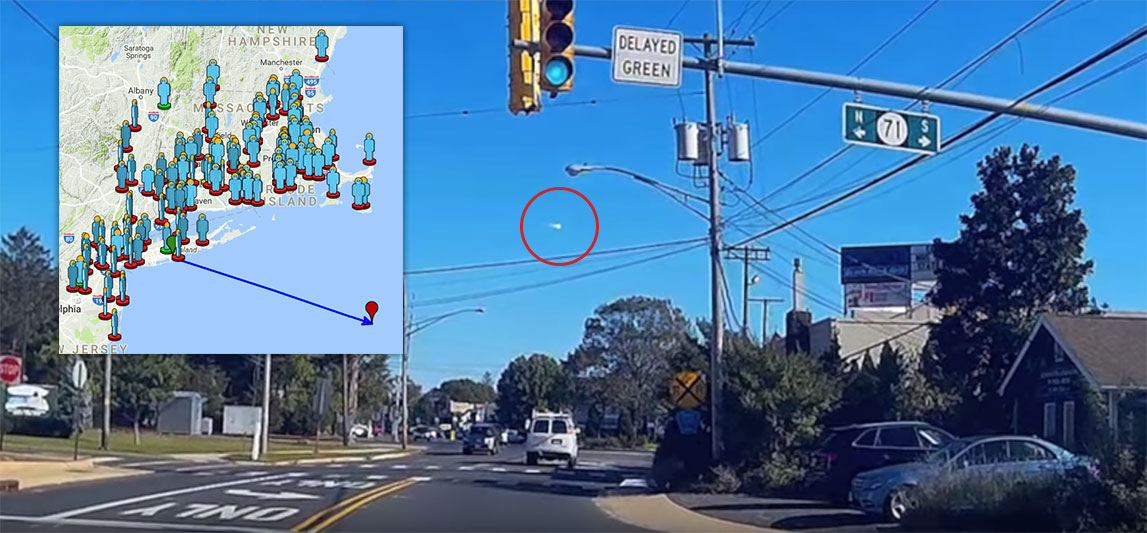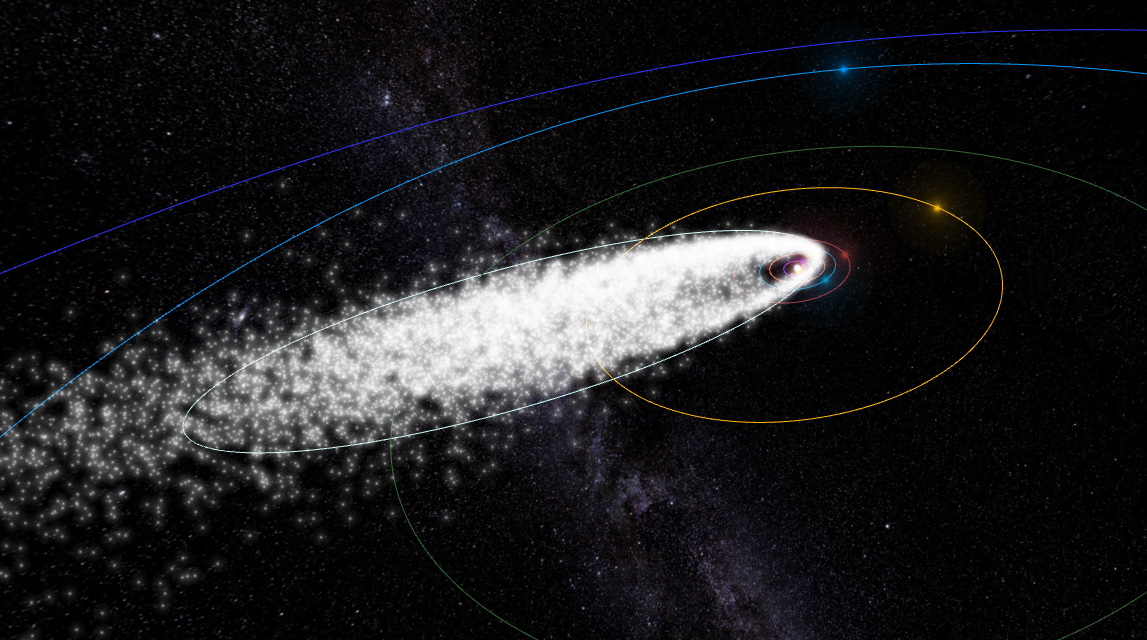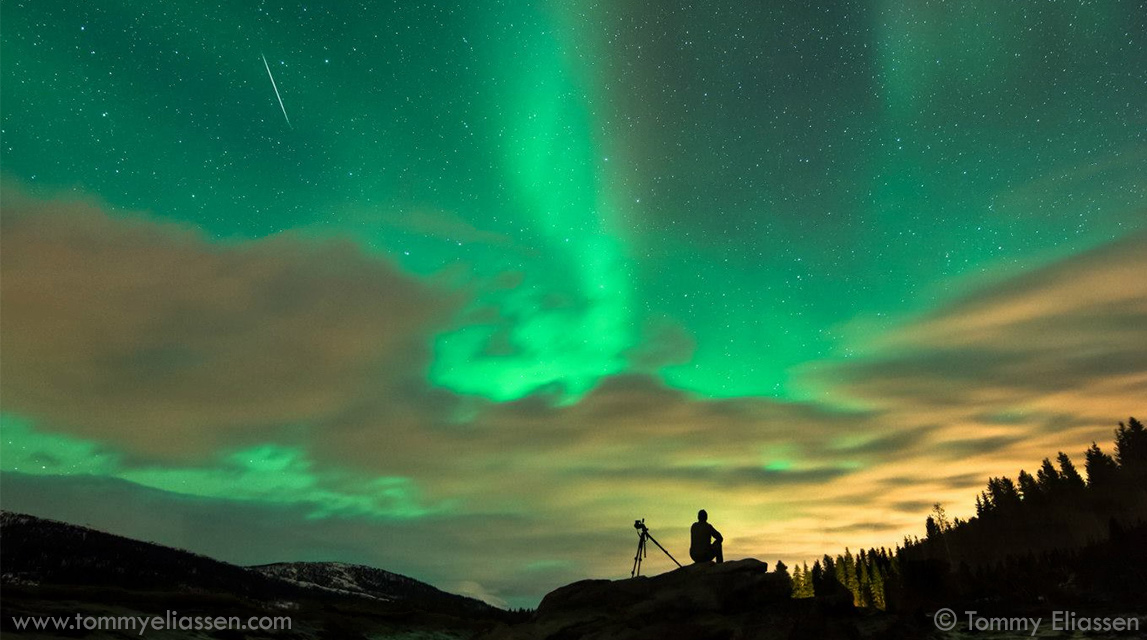
Meteor Activity Outlook for January 6-12, 2018
During this period the moon will reach its last quarter phase on Monday January 8th. At that time the half-illuminated moon will lie 90 degrees west of the sun and will rise near midnight local standard time (LST) as seen from mid-northern latitudes. This weekend the bright gibbous moon will lie in the sky from about 2200 LST onward. This is make viewing meteor activity difficult as the bright moon will obscure all bu the brighter meteors. As the moon passes last quarter on Tuesday, conditions improve with each passing night. The moon's phase will shrink each night plus the moon will rise later and later.
 American Meteor Society
American Meteor Society
